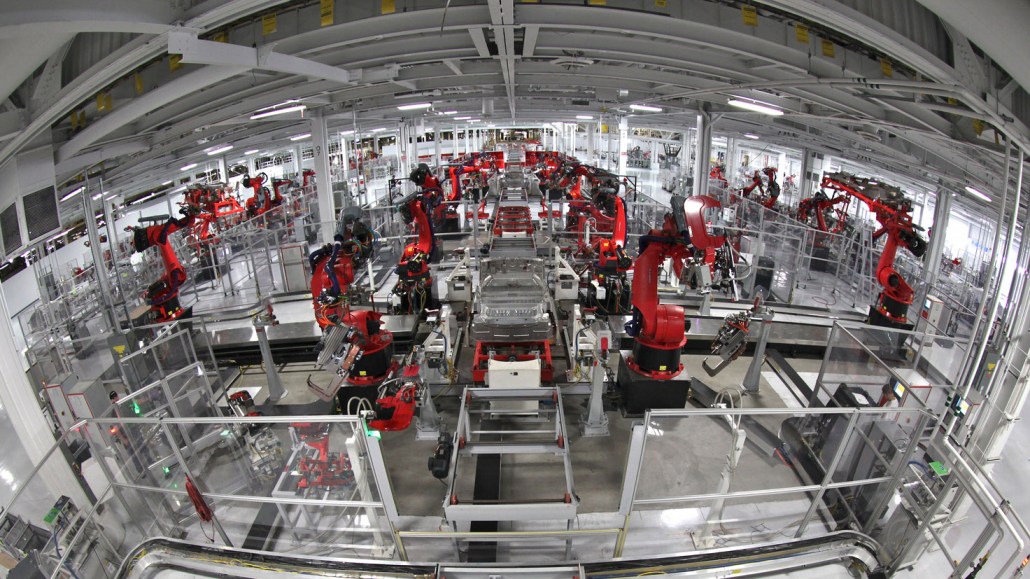
This piece was written by Chris Karl, CSO Head of Market Development, Sonobi
Over the last couple of decades, technology has had a massive impact on consumer behavior and media consumption but, until recently, had almost no impact on how advertising is purchased and sold. Somewhere along the line, media fragmentation outpaced the ad industry.
The typical ad agency’s media planning and buying processes were designed in a time where we had five TV networks and a couple of dozen print magazines. It didn’t translate well to the consumer Internet where fragmentation created headaches and extra work for media buyers. As digital media budgets grew, so did the number of rows on the spreadsheets used for building media plans and the number of bodies required to manage them. The goal was to achieve audience scale for the advertiser, but in doing so many agencies nearly crippled themselves with the cost of human resources.
About 10 years ago, the ad network model allowed publishers to monetize unsold inventory, making it easier for buyers to build to scale. This helped a little, but it was still a solution void of tech innovation. We also saw ad tech vendors pop up everywhere. They offered something different but still relied on field sales teams to drive revenue, feeding off the buyer’s insatiable appetite for the next new thing. These were manual workflow solutions responding to the market’s need for more effective audience buying. We were still missing out on the promise of technology.
It wasn’t until the advent of the ad exchange in 2007 that we finally tackled the workflow problem in digital media. The exchanges introduced automation. Automatic media access gave birth to programmatic media and the seeds of an ad technology renaissance were laid. This technology evolution began on the remnant side of the marketplace, a natural place for technology to flourish and be refined over time.
Ad position: web_incontent_pos1
Over the last seven years, the exchange gave birth to a parade of acronyms that confused everyone and drove massive innovation on both sides of the market, buy and sell. Hundreds if not thousands of companies now play in the programmatic sandbox, reshaping the advertising industry from the inside out.
So what’s the path ahead of us? This year is all about premium programmatic. The premium side marketplace is undergoing a metamorphosis as buyers attempt to augment open market reach with private marketplaces. A private marketplace is a manual solution for a marketplace that requires efficiency; a natural step in the evolution of audience buying but a solution that looks a lot like the ad network model.
Ad position: web_incontent_pos2
Programmatic buyers have been clamoring for access to premium supply, but we have not
designed a workflow that automates this process in a seamless fashion. There are solutions
coming. Once this sector of our marketplace is enabled we have completed the workflow
around buying and selling both remnant and premium inventory types. The matrix above
depicts this evolution of audience buying and will also reflect the path that will be taken for
other media formats (Mobile, Video, IPTV) as automation reaches all media channels.
Ad tech’s impact on the evolution of audience buying is undeniable and impossible to stop: It
is a force of nature. It will take many companies to develop the solutions that will reshape the
media industry. Technology is creating massive upheaval and massive financial opportunity for those that lead the way.
More from Digiday
Sliders test article
Agencies hope connected TV and digital out-of-home will play a bigger role in upcoming elections and politics — especially for smaller media agencies that are handling many of the less visible races in the crowded political space. For a number of media agencies looking to place their political ad dollars down in this major election […]

How CTV and DOOH are growing this political season for smaller agencies
Connected TV and digital out-of-home are playing a bigger role in upcoming elections and politics – especially for smaller agencies looking to place clients’ dollars.

CMO Strategies: Advertisers identify the top attributes on ad-supported streaming platforms
This is the third installment in Digiday’s multi-part series covering the top ad-supported streaming services and part of Digiday’s CMO Strategies series. In this report, we examine which ad attributes matter the most to marketers on streaming platforms.
Ad position: web_bfu
